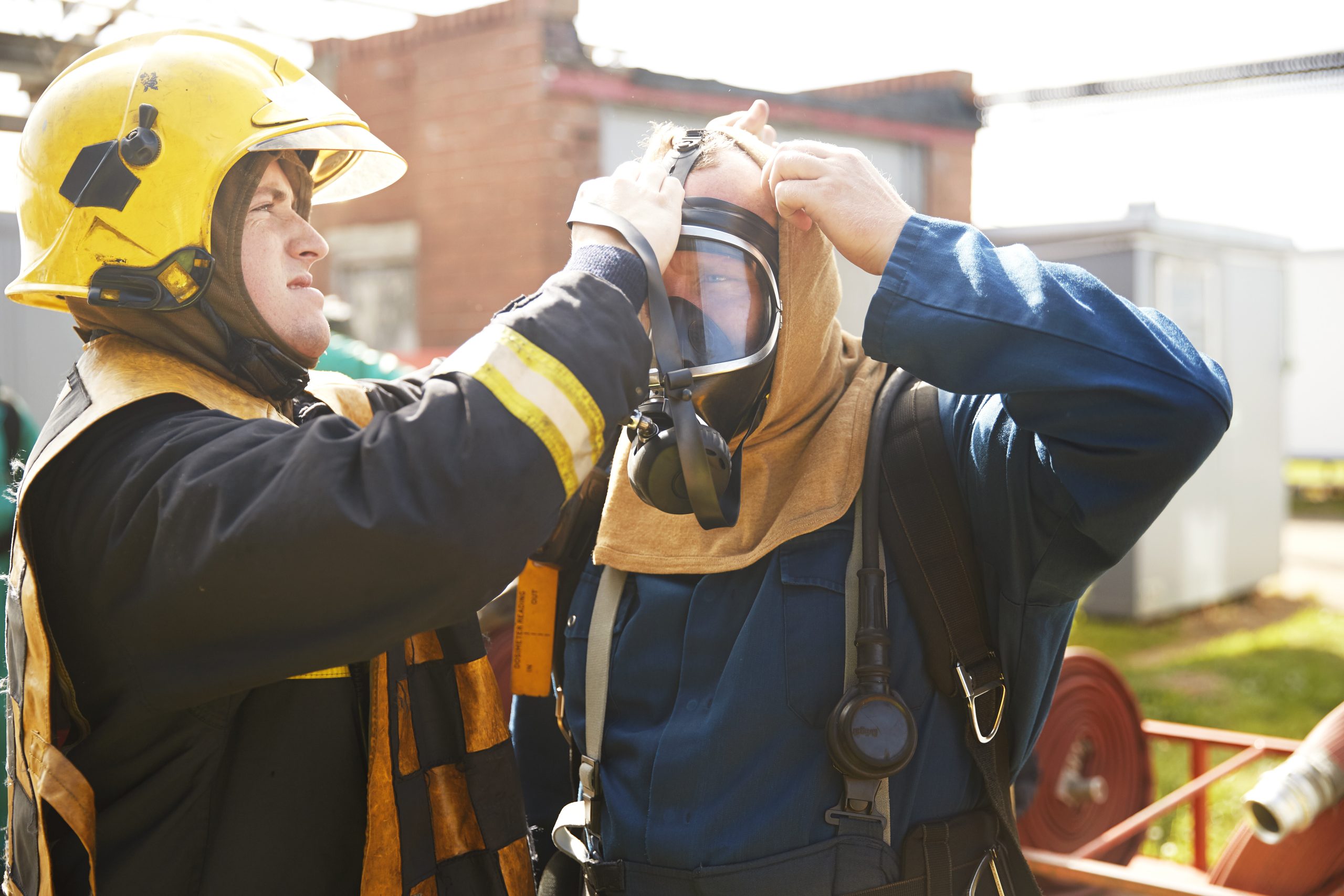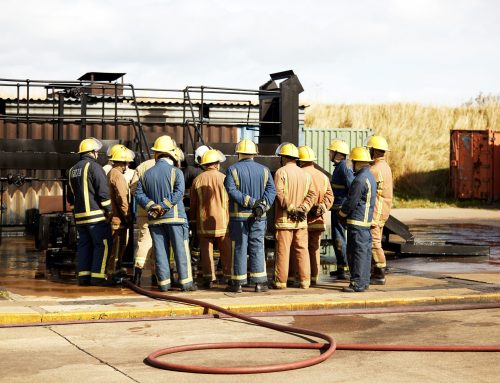Introduction
As an employer, ensuring the safety of your employees is one of your most important responsibilities. The Occupational Safety and Health Administration (OSHA) sets the standards that help protect your team from workplace hazards. OSHA is responsible for ensuring safe working conditions for employees in the United States by setting workplace safety standards across various industries. OSHA training is an important part of workplace safety, as it teaches employees how to identify hazards, follow safety procedures, and prevent injuries.
You are responsible for making sure your employees get the right OSHA training. This is not just about fulfilling a legal obligation; it’s a way to show your team that you care about their safety. It is a federal requirement that employers provide OSHA training specific to their industry. Training must be given to employees in a language and format employees can understand. If you don’t adhere to legal requirements, you could face legal action. More importantly, you could be putting your employees at risk.

How to Determine Your OSHA Training Requirements
So, how do you determine what training requirements are required in your workplace? Well, the first step is to conduct a Job Hazard Analysis (JHA). This process involves assessing your workplace and identifying any potential hazards that workers may face on the job. Understanding what hazards are present in your workplace will give you a better idea of which training programs may be necessary to adopt in order to address those specific risks. Some OSHA standards require a JHA, including the Bloodborne Pathogens and Personal Protective Equipment (PPE) standards. However, even if a JHA is not required, it is always a good idea to conduct JHAs regularly, as they help you identify and control unrecognized hazards.
While conducting a JHA, pay close attention to what workers are wearing and what they are working with (equipment, machinery, hazardous materials), as this will clue you in to what they will need OSHA training on. For example, if your employees work with electrical wires and circuit breakers, they probably need to be trained on OSHA’s electrical safety standards and proper lockout/tagout procedures. As part of a JHA, be sure to get feedback from workers and managers, as people on the frontlines of a workplace are best equipped to tell you what goes on during daily operations and what may need to be addressed.
It is always a good idea to consult resources provided by OSHA to help you identify training requirements. OSHA’s website is a valuable resource with detailed information about safety standards, training requirements, and even online courses. There, you can find specific training requirements for your industry and learn more about the various programs that can help protect your workforce.

General OSHA Training Requirements
When it comes to OSHA training, there are several common courses that most employers will need to provide for their employees. These trainings ensure that workers understand how to
stay safe in various work environments and are equipped with the knowledge they need to respond to potential hazards. Some of these key OSHA training programs include:
● OSHA 10 & 30-Hour Training: The OSHA 10-Hour Training is designed for entry-level workers and covers basic safety and health hazards in the workplace. The OSHA 30-Hour Training, on the other hand, is intended for supervisors and workers who have a greater responsibility in managing safety programs. It goes into more detail and addresses higher-level safety concerns. These are most common in the construction industry, although some general industries also utilize them.
● Personal Protective Equipment (PPE) Training: Employees must know when and how to use protective gear, such as gloves, goggles, and respirators, as well as how to inspect and maintain them.
● Emergency Action Plan (EAP) Training: Emergencies can happen at any time, and workers need to know how to respond. OSHA requires that EAPs be in writing, kept in the workplace, and available to all employees at all times.
● First Aid Training: This includes teaching workers basic life-saving skills such as CPR and how to address common workplace injuries like cuts, burns, or sprains. OSHA requires employers to ensure a certain number of employees are trained in first aid (relative to the total number of employees in a workplace) and that first aid supplies are readily available on-site.
● Hazard Communication (HazCom) Training: Employees must be trained to understand chemical labels, safety data sheets (SDS), and proper handling procedures, to ensure they know how to protect themselves from–and respond to–exposure to dangerous chemicals.
● Fire Protection Training: It is important that workers know what to do in the event of a fire, and that the correct fire extinguishers are on-site at all times. This training teaches employees how to prevent, respond to, and manage fire emergencies. It covers types of fire extinguishers, fire extinguisher use, fire prevention techniques, and the proper evacuation procedures in the event of a fire.
These courses are only a few examples. Based on your job hazard analysis (JHA) you may need more, or less, than the ones described.
Industry-Specific OSHA Training Requirements
Each industry has its own set of guidelines that address the particular hazards that workers might encounter. As an employer, you must review the OSHA standards that apply to your industry and ensure that your employees are trained to handle the specific risks they may face on the job. For example, construction workers need fall protection, scaffolding, and trenching safety training, while healthcare workers must be trained in infection control, bloodborne pathogens, and chemical safety. In high-risk fields like oil and gas, workers must be trained on Hydrogen Sulfide (H2S) safety and confined space entry.
To stay compliant and ensure employee safety, it is absolutely crucial that you maintain up-to-date awareness of OSHA training requirements for your industry. Safety is always changing, and it is up to you to ensure the information and training you provide to your employees is accurate. OSHA’s website provides resources and guidelines to help you identify and meet these requirements, so regularly consulting it will help keep you on track with the latest safety standards.
If you’re feeling unsure about whether or not you have all of the proper training in place, there are many safety consultants (who can be found online) who you can contact. These companies are OSHA-authorized and will send trainers to your worksite to assess your needs and teach all of your workers at once.

Conclusion
Be sure to periodically assess your workplace’s hazards and training needs to make sure you’re covering all the bases when it comes to OSHA compliance. Taking the time to evaluate hazards, review industry-specific standards, and offer the right training will save you time, money, credibility, and most importantly, it will ensure your employees stay safe on the job. Take proactive steps today to ensure your team has the training they need to stay safe on the job. Your employees deserve it!
For more details on OSHA training and resources, visit the official OSHA website:
https://www.osha.gov/










Leave A Comment